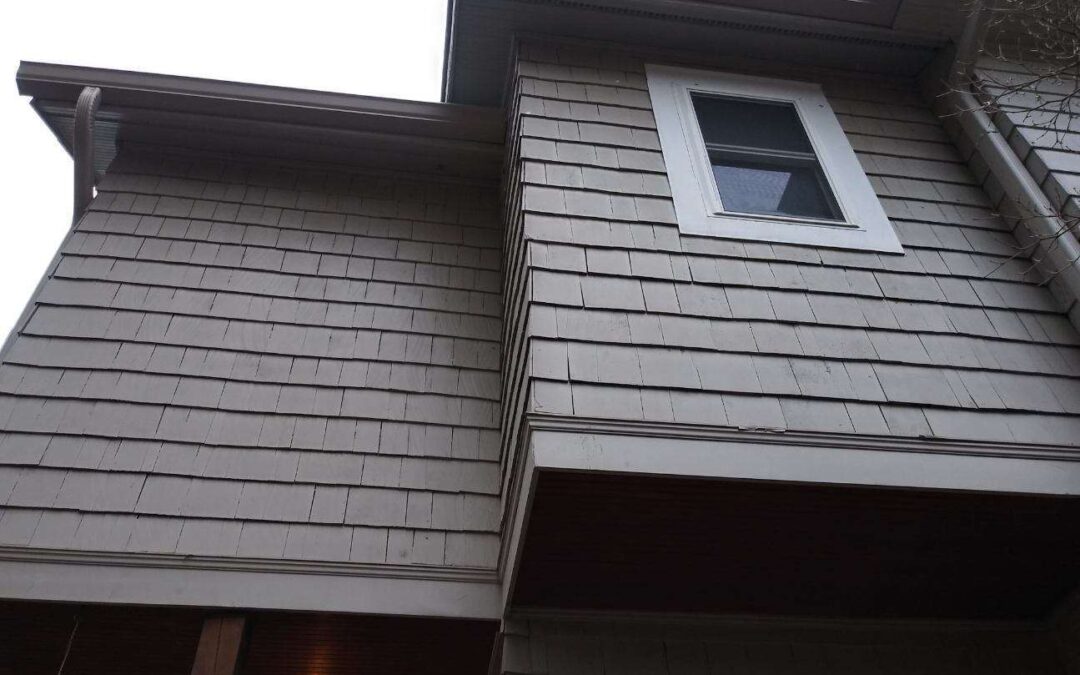When it comes to your home’s exterior, the soffit plays a vital role in protecting your roof and maintaining its overall structural integrity. However, over time, wood soffits can deteriorate due to exposure to the elements and pest infestations. When faced with soffit issues, homeowners often wonder whether they should opt for repairs or complete replacement. In this comprehensive guide, brought to you by Big Orange Gutters, a trusted gutter company serving Nashville and Knoxville, TN, we’ll explore the factors that influence the decision between wood soffit repair and replacement. By the end, you’ll have the knowledge you need to make the right choice for your home.
The Importance of Soffits
Before delving into the repair vs. replacement debate, it’s essential to understand the significance of soffits. Soffits are the underside of the eaves, bridging the gap between the side of the building and the roofline. They serve several critical functions:
- Ventilation: Soffits provide essential ventilation to your attic space, helping regulate temperature and moisture levels. Proper ventilation prevents condensation, which can lead to mold and structural damage.
- Protection: Soffits protect the rafters and roof sheathing from the elements, such as rain, wind, and sunlight. They also deter pests like birds and insects from nesting in your attic.
- Aesthetics: Soffits contribute to the overall appearance of your home, providing a finished look to your eaves and creating a clean transition from the walls to the roof.
With their multifaceted role, maintaining soffits is crucial to the health and longevity of your home.
Assessing the Condition of Your Wood Soffits
The first step in deciding between repair and replacement is a thorough inspection of your wood soffits. Look for the following signs of damage:
- Rot: Wood rot is a common issue with soffits, especially if they’ve been exposed to moisture for an extended period. Use a screwdriver to probe the wood; if it feels soft and crumbly, it’s likely rotting.
- Pest Damage: Insect infestations, like termites or carpenter ants, can wreak havoc on wood soffits. Check for exit holes, sawdust, or insect activity.
- Paint Peeling or Cracking: Peeling or cracking paint is often a sign of moisture infiltration, which can lead to wood decay.
- Sagging or Warping: Soffits that are sagging or warped have likely lost their structural integrity and may need immediate attention.
- Mold or Mildew: Excessive moisture can lead to mold and mildew growth on wood soffits. This not only compromises their appearance but also poses health risks.
Wood Soffit Repair: When Is It the Right Choice?
Wood soffit repair can be a viable option under specific circumstances:
- Localized Damage: If the damage is confined to a small area or a few individual boards, repair is cost-effective and practical.
- Early Detection: If you catch the damage early, before it has spread extensively, repair can prevent the need for full replacement.
- Budget Constraints: Repairing damaged sections of your wood soffit is often less expensive than a complete replacement, making it a suitable choice for homeowners on a budget.
- Historic Preservation: In cases where preserving the historical or architectural integrity of your home is essential, targeted repairs can maintain its character.
Wood Soffit Replacement: When Is It Necessary?
There are scenarios where wood soffit replacement is the more appropriate choice:
- Extensive Damage: If a significant portion of your soffit is damaged, repairing it piecemeal may not provide a lasting solution. Replacement ensures that the entire system is in good condition.
- Recurring Issues: If you’ve had to repair your soffits multiple times due to persistent problems, replacement may be a more cost-effective long-term solution.
- Structural Integrity: If the soffits have lost their structural integrity, replacement is crucial to maintain the stability of your roof and home.
- Energy Efficiency: Modern soffit materials often offer better insulation and energy efficiency. If your wood soffits are outdated, replacement can improve your home’s energy performance.
Choosing the Right Material for Replacement
If you opt for wood soffit replacement, you’ll have several material options to consider:
- Wood: While wood soffits offer a classic look, they require regular maintenance to prevent rot and decay. Consider using rot-resistant wood species like cedar or redwood.
- Vinyl: Vinyl soffits are low-maintenance and resistant to moisture and pests. They come in various colors and styles to match your home’s aesthetics.
- Aluminum: Aluminum soffits are durable and require minimal maintenance. They are also resistant to rust and insect damage.
- Fiber Cement: Fiber cement soffits mimic the appearance of wood but are more durable and resistant to moisture and pests.
Conclusion
Deciding between wood soffit repair and replacement is a significant decision for homeowners. It’s essential to assess the extent of the damage, consider your budget, and evaluate the long-term benefits of each option. For expert advice and assistance with your wood soffit needs in Nashville and Knoxville, TN, trust Big Orange Gutters. Our team of professionals is here to help you make the right choice and ensure the continued protection and beauty of your home. Don’t wait until soffit issues escalate—contact us today to schedule an inspection and get started on the path to a safer, more comfortable home.

